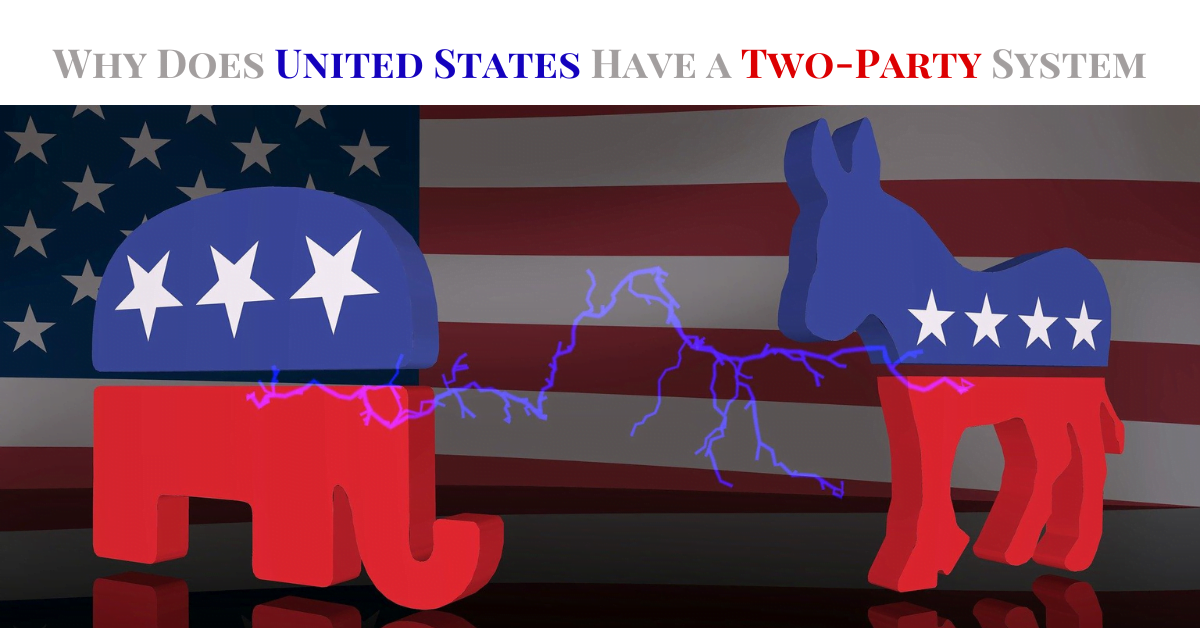5 Historical Myths Debunked
Let’s dive into history and uncover the truth behind five famous tales. From Cleopatra’s mysterious end to the real height of Napoleon, we’re on a journey to clear up some confusion. Join us as we explore these stories, finding out what really happened and setting the record straight on some historical myths. Here are 5 historical myths debunked.
Cleopatra’s Demise: Historical Myths Debunked
Embed from Getty ImagesCleopatra, the Queen of Egypt, often linked with a dramatic demise involving an asp’s bite. However, historical scrutiny reveals a different narrative. While she died in 30 BCE, the asp-induced death is likely a romanticized exaggeration. The exact circumstances surrounding her demise remain mysterious, challenging the popularized notion of a serpent’s fatal embrace.
Napoleon Bonaparte’s Short Stature
Embed from Getty ImagesContrary to belief, Napoleon Bonaparte was not the vertically challenged figure often depicted. Standing at around 5 feet 6 inches, he was of average height for a Frenchman of his era. The misconception of his diminutive stature can be attributed to political cartoons and British propaganda. By setting the record straight on Napoleon’s height, we debunk a persistent myth that has persisted for centuries.
George Washington’s Cherry Tree Confession
Embed from Getty ImagesThe tale of young George Washington confessing to cutting down a cherry tree is a fabricated story. Crafted by Parson Weems, the cherry tree incident has no basis in historical fact. George Washington’s honesty is not in question, but the cherry tree fable serves as a cautionary example of how myth can intertwine with historical figures, distorting reality for moral lessons.
Horned Misconceptions of Viking Helmets
Embed from Getty ImagesThe enduring image of Vikings donning horned helmets is a popular misconception perpetuated by artistic interpretations from the 19th century. Historical evidence and archaeological findings conclusively show that Vikings did not wear horned helmets in battle. The myth likely originated from artistic liberties taken by painters and sculptors seeking to romanticize and sensationalize Viking culture.
Marco Polo’s Pasta Introduction
Embed from Getty ImagesThe claim that Marco Polo introduced pasta to Italy during his travels is a historical inaccuracy. Pasta had already established its presence in Italy long before Polo’s voyages. The widespread belief in Polo’s pasta introduction can be attributed to misinterpretations or exaggerations of his travel accounts. While Marco Polo did journey to China and documented various aspects of Asian culture, the idea that he discovered or introduced pasta to Italy is unfounded.
In conclusion, the narratives surrounding Cleopatra’s death, Napoleon Bonaparte’s stature, George Washington’s cherry tree incident, Viking helmets, and Marco Polo’s pasta contribution have been clarified to dispel enduring misconceptions.
Also Read: Scandalous Death of Catherine The Great: Myth or Reality




